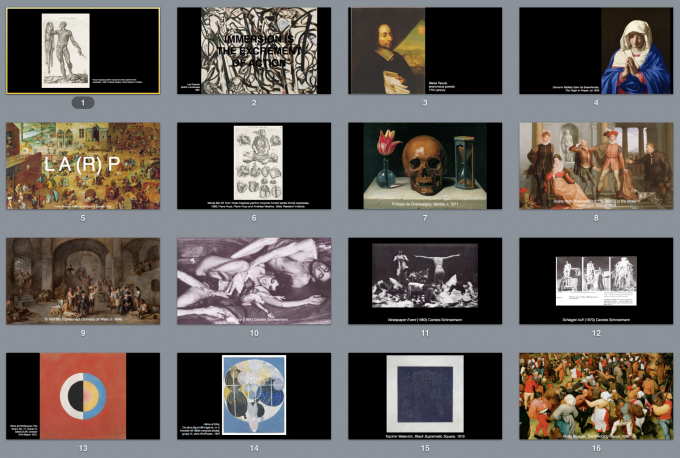Month: February 2015
-

Knudepunkt 2015 Keynote on bodies in live action role-play
Transcription of a talk given at Knudepunkt 2015, February 14th. Immersion is the excrement of action I have been asked to do this talk on the subject of bodies in live action role-playing, which I’m very happy about since the body has turned centre stage in larp development and design. I have previously together with…